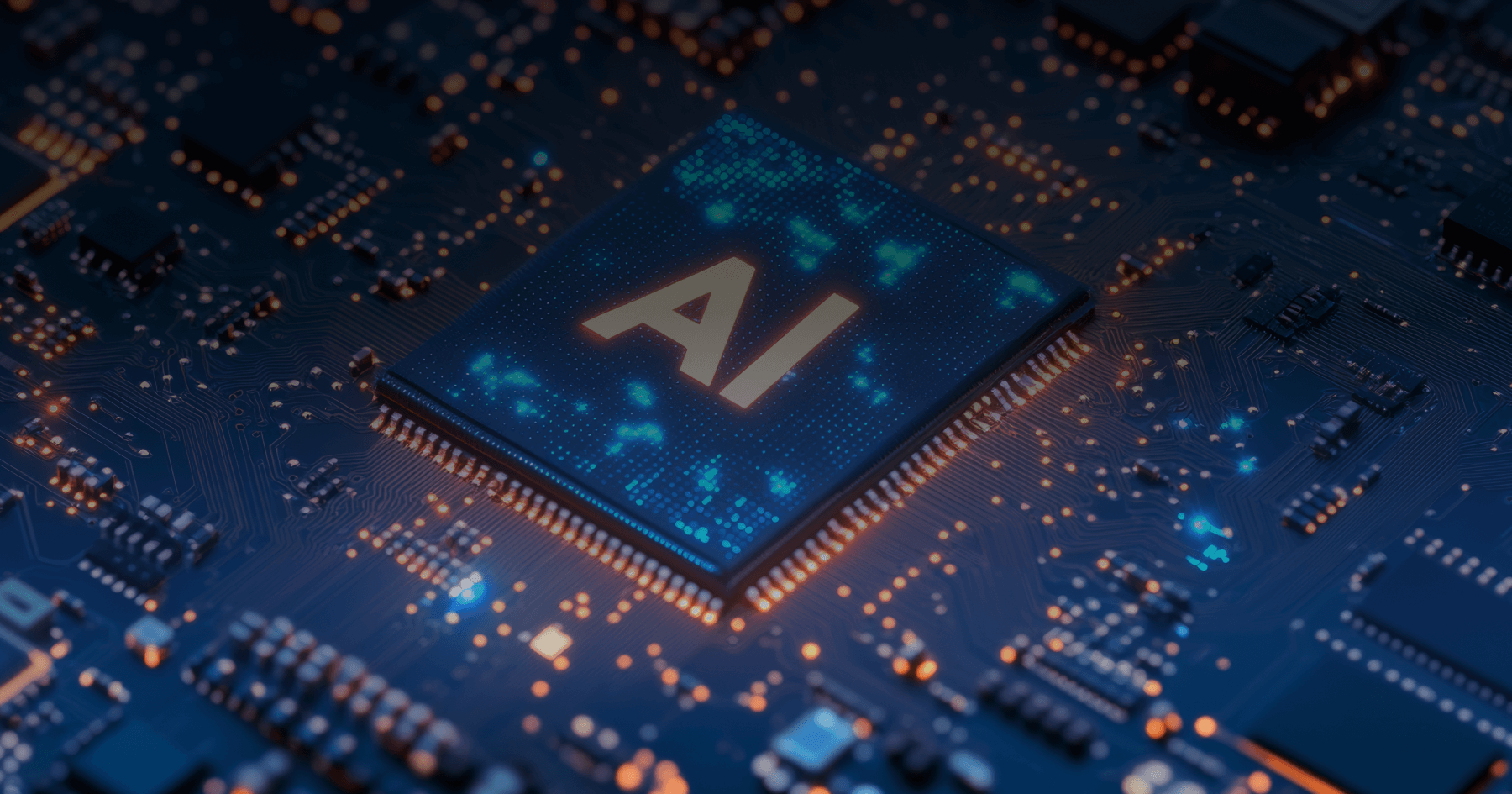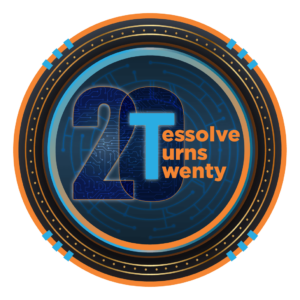The domain of electronics is in a constant state of evolution, driven by technological advancements that continually push the limits of miniaturization, performance, and efficiency. At the bottom of these progressions lies the Printed Circuit Board (PCB), which forms the intricate network of connections vital for bringing electronic components to life. Historically, PCB design has been a meticulous process heavily reliant on the expertise and experience of human designers. Nevertheless, the recent surge of Artificial Intelligence (AI) is reshaping this field, ushering in a new era of automation and optimization in PCB design.
Challenges in Traditional PCB Design
While traditional design methods have served us well, they come with inherent limitations. Manually laying out complex circuits can be time-consuming and prone to errors. Factors like signal integrity, thermal management, and manufacturability all require careful consideration, each adding to the complexity of the process. Additionally, keeping pace with the ever-increasing density and functionality of modern electronics can be a constant struggle for design teams.
Get in touch
AI Guides in a New Era of Efficiency
AI offers a powerful solution to these challenges. By leveraging machine learning algorithms and vast datasets of existing designs, AI tools can automate many of the tedious and error-prone tasks involved in PCB design. This translates to several key benefits:
- Automation of Repetitive Tasks: AI algorithms can automate tasks like component placement and trace routing. These algorithms consider factors like signal integrity, power distribution, and thermal management to create efficient and optimized layouts. Services like PCB design service and PCB layout services can leverage AI to streamline their workflows and offer faster turnaround times.
- Intelligent Products and Applications: The advancement of artificial intelligence has resulted in the creation of intelligent goods and applications, which provide novel obstacles and requirements for the printed circuit board (PCB) sector. Autonomous vehicles, IoT devices, and smartphones are just a few industries that demand high-density, high-performance PCB designs and production capabilities.
- Improved Design Optimization: AI can analyze existing designs and identify areas for improvement. This can lead to smaller board sizes, improved signal integrity, and better thermal management. This translates to benefits for companies offering Design PCB and PCB hardware design services, allowing them to create more efficient and reliable products.
- Reduced Errors: AI-powered tools can identify potential design flaws early in the process, minimizing the need for costly rework and delays.
- PCB Assembly and Manufacturing: The use of AI in PCB assembly and manufacturing processes is growing. Artificial intelligence (AI) can identify flaws and faults on PCBs using visual recognition algorithms, enhancing quality control. AI algorithms can also improve PCB designing and assembly procedures, increasing production and assembly efficiency.
- Fault Diagnosis and Predictive Maintenance: AI makes fault diagnosis and predictive maintenance possible by examining operational data from PCB systems. Artificial Intelligence (AI) can identify possible abnormalities and failures by analyzing sensor data and other pertinent characteristics. This allows for proactive maintenance, which lowers repair costs and downtime.
AI in Action: Automation and Optimization Techniques
Several AI-powered techniques are transforming the PCB design landscape:
- Automated Component Placement: AI algorithms can analyze factors like signal length, heat dissipation, and manufacturability to suggest optimal placement for each component on the PCB. This eliminates the need for manual trial-and-error approaches, saving designers valuable time and effort.
- Intelligent Routing: AI can analyze the electrical characteristics of signals and suggest optimal routing paths that minimize signal loss and crosstalk. This ensures reliable signal transmission and maximizes PCB design board performance.
- Thermal Analysis and Management: AI algorithms can predict heat distribution across the PCB based on component power consumption. This allows designers to identify potential overheating issues and implement effective cooling strategies.
- Design Rule Checking (DRC) and Electrical Rule Checking (ERC): AI-powered tools can automate DRC and ERC processes, ensuring compliance with manufacturing guidelines and preventing electrical design errors.
- Predictive Maintenance for Manufacturing: By analyzing historical data and identifying patterns in component failures, AI can predict potential issues during manufacturing. This allows for preventative maintenance and reduces the risk of production delays.
Benefits for PCB Design Services and Hardware Design Companies
The integration of AI into PCB design services presents several advantages for design companies:
- Faster Time-to-Market: With AI-powered tools accelerating the design process, companies can bring products to market quicker, gaining a competitive edge.
- Reduced Design Costs: Automation and optimization techniques can lead PCB hardware design organizations to significant cost savings by minimizing rework, optimizing material usage, and reducing development time.
- Enhanced Design Quality: AI-powered tools help ensure designs meet stringent quality standards, leading to more reliable and robust products.
- Improved Design Expertise: AI can act as a valuable assistant to designers, augmenting their expertise and allowing them to focus on more complex design challenges.
The Future of PCB Design: A Collaborative Approach
While AI offers tremendous potential for designing PCBs, it’s important to remember that it’s not meant to replace human designers entirely. The ideal scenario is a collaborative approach where AI handles repetitive tasks and automates optimization processes while human designers leverage their expertise for critical decision-making and creative problem-solving.
As AI technology continues to evolve, we can expect even more sophisticated tools and techniques to emerge. The future of PCB design promises to be a fascinating one, characterized by increased efficiency, unparalleled optimization, and a seamless collaboration between human ingenuity and the power of AI.
Download Brochure
Hardware Brochure
Tessolve provides turnkey PCB solutions from schematic design to layout to thoroughly tested assembly
Case Study PDF Download
Let’s Sum Up
The future of PCB design is undeniably intertwined with the power of AI. At Tessolve, we are at the forefront of this revolution, leveraging cutting-edge AI tools and techniques alongside our team of seasoned design experts. We offer a comprehensive suite of PCB design services, from initial concept to production, ensuring the highest quality, efficiency, and reliability for your project. Whether you require complex high-density interconnect (HDI) boards or cutting-edge mixed-signal designs, Tessolve’s AI-powered design approach can deliver optimal results. Contact us today and experience the future of PCB design.



